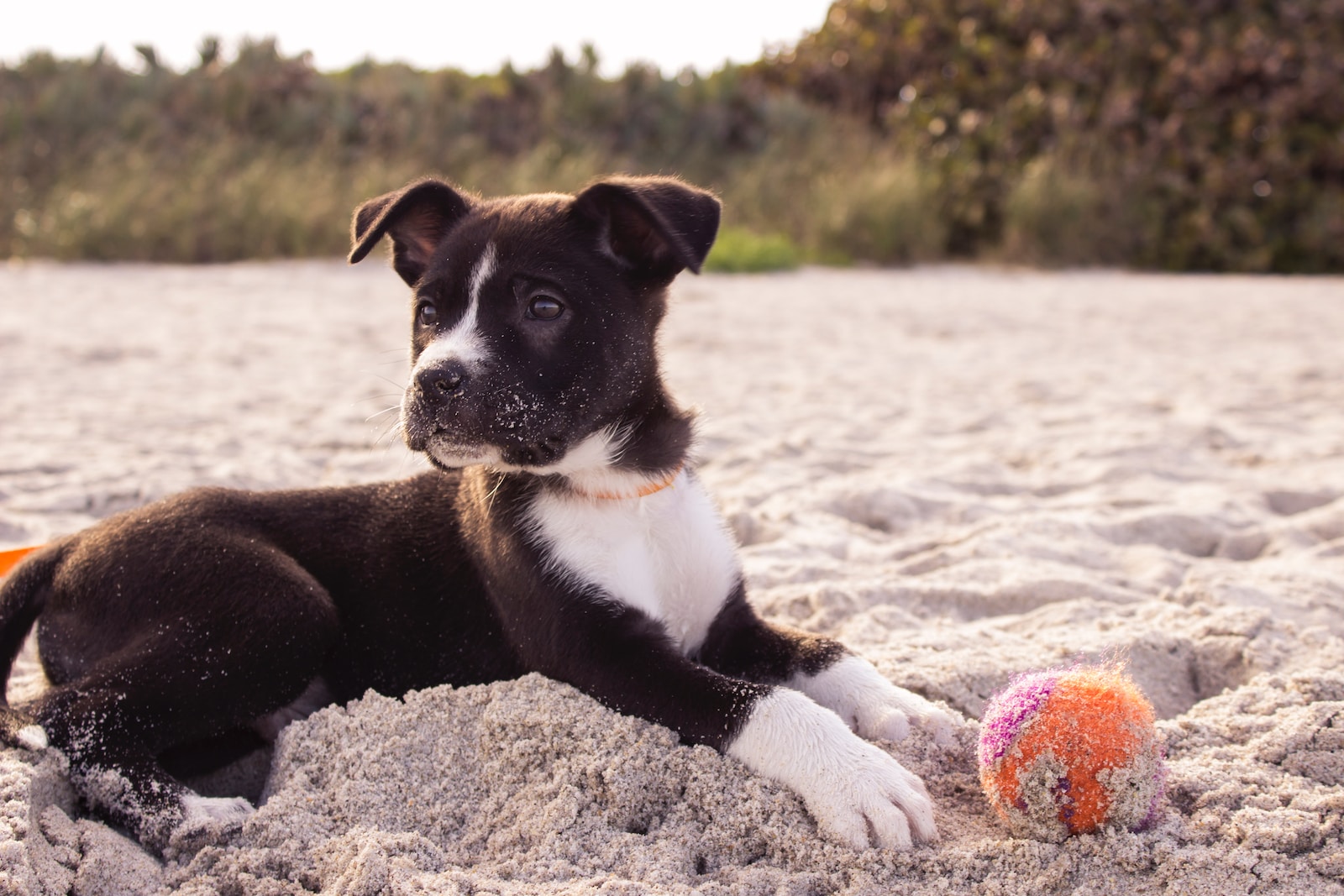Leaving our furry friends alone can be challenging, especially when they experience separation anxiety. This common condition can cause distress and disruptive behaviors in dogs when they are separated from their owners. In this article, we’ll explore separation anxiety in dogs and provide practical tips to help your canine companion cope and feel more secure when you’re away.
Understanding Separation Anxiety
Separation anxiety is a behavioral issue characterized by excessive distress when dogs are separated from their owners. Symptoms may include excessive barking, howling, destructive chewing, digging, pacing, or even house soiling. It’s crucial to recognize that dogs with separation anxiety are not misbehaving out of spite but are genuinely anxious and stressed.
Creating a Calm Environment
Establishing a calm environment can help alleviate separation anxiety. Gradually accustom your dog to being alone by starting with short periods of separation and gradually increasing the duration. Create a designated safe space with familiar items, such as their bed or toys, to provide comfort and security. Additionally, playing soothing music or leaving a TV on can provide auditory stimulation and help mask external noises that may trigger anxiety.
Positive Reinforcement and Desensitization
Positive reinforcement and desensitization techniques are effective ways to address separation anxiety. Reward your dog for calm behavior, both during practice sessions and when you return home. This positive association helps your dog associate your departure and return with positive experiences. Implementing a departure routine, such as grabbing your keys and leaving without fuss, can help desensitize your dog to pre-departure cues.
Engaging Toys and Puzzles
Provide your dog with engaging toys and puzzles to divert their attention and keep them occupied. Interactive toys, treat-dispensing puzzles, or frozen stuffed Kongs can be great distractions. These activities not only mentally stimulate your dog but also create positive associations with being alone.
Seeking Professional Help
In severe cases, professional help may be necessary. A qualified dog trainer or animal behaviorist can develop a tailored behavior modification plan to address separation anxiety. They can guide you through desensitization exercises and provide additional strategies to help your dog overcome their anxiety.
Dealing with separation anxiety in dogs requires patience, consistency, and understanding. By creating a calm environment, using positive reinforcement, providing engaging toys, and seeking professional help when needed, you can help your furry friend feel more secure and comfortable when you’re away. Remember, with time and proper care, most dogs can overcome separation anxiety and thrive in your absence.

Leave a Reply